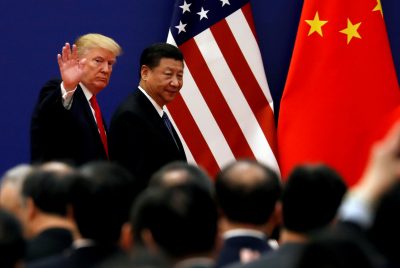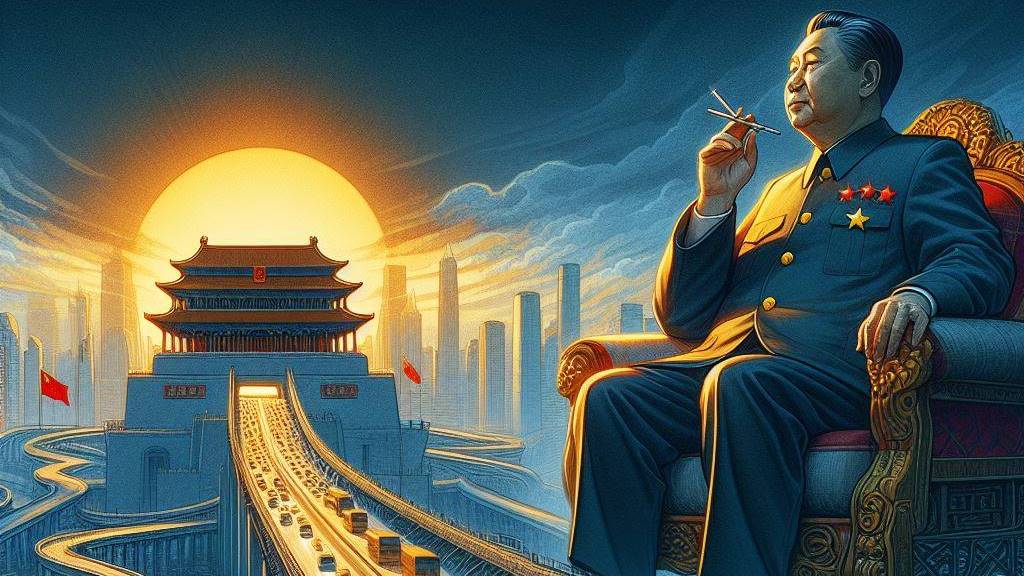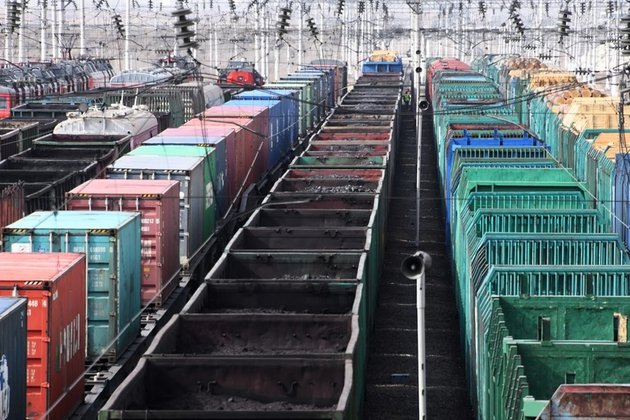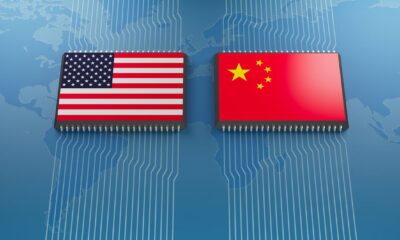Trade
Resolving the US–China trade impasse

Author: Yukon Huang, Carnegie Endowment
Just a month ago, an agreement to end the US–China trade war was deemed likely. Then came a flurry of accusations and another round of tariffs that have put negotiations on hold. Why did this process unravel so quickly and what might be the endgame?
Beijing ostensibly recoiled after senior leadership saw the entire package of demands as an infringement on national sovereignty. Meanwhile, Washington became more unified in its objectives and sensed that politically it was not the right time to strike a deal. Under such conditions, many saw an enduring solution as unlikely given the complexity of the issues. Any agreement would have been more of a negotiated truce, transforming the process from an unruly to a more regulated trade war.
This trade war began with US President Donald Trump’s fixation with bilateral trade deficits and his desire for a headline grabbing package of Chinese purchases. This concern is seen as misguided, as is the proposal to ask China to buy more from the United States and less from others, which would contravene World Trade Organization (WTO) regulations.
The United States business community’s accusations about China’s unfair investment practices and violations of intellectual property rights are more difficult to resolve. The proposed regulations did not guarantee that implementation would be smooth, but a good-faith agreement is preferable to a prolonged trade war.
What eventually undid the negotiation process, however, are the concerns of Washington’s geo-strategists and political community who see the trade war as a clash between two great powers. Their goal of getting China to abandon its innovation ambitions, thereby constraining its ability to challenge America as the dominant economic power, proved to be an outcome that Beijing could not accept.
Levying punitive tariffs is less about curbing trade deficits and more about using tariffs as a tactical weapon to rein in China’s technological ambitions. Security concerns highlighted by Huawei’s expansion into 5G communications and the growing competition in developing artificial intelligence have added a sharper edge to this debate.
The oft-discussed security concerns may be exaggerated but the political reverberations will not go away. The recently imposed curbs on America’s exports of high-tech products may have a devastating impact on Huawei, but it will also damage America’s innovative capacity and disrupt global supply chains. These troublesome developments highlight the need to rethink acceptable norms and regulatory mechanisms for knowledge transfer across nations, while recognising that China’s size and role of the state give it certain advantages.
We now face the textbook ‘prisoner’s dilemma’, which tells us that when trust breaks down between two rational, self-interested actors, agreement is impossible and both sides end up worse off. Can an outsider help break the stalemate?
Europe is too preoccupied with its domestic concerns while Asia, as the most directly affected region, has more at stake. But…
Trade
Self-Reliance and Openness: Core Principles of China’s Third Plenary Session

The Third Plenum communique from the CCP indicates a prioritization of stability and compromise in response to China’s economic challenges. It highlights the concept of Chinese-style modernization and establishes political guidelines for balancing regulation and market forces.
The CCP’s Third Plenum communique signals a focus on stability and compromise in the face of China’s economic challenges. It emphasises Chinese-style modernisation and sets political directions for balancing regulation and market forces. While not as groundbreaking as previous plenums, it acknowledges the importance of market mechanisms and technological self-reliance, aiming to address issues like high youth unemployment and private sector uncertainty. The communique seeks to navigate the complexities of global competition and domestic innovation, potentially reshaping global supply chains and trade dynamics. Overall, it presents a pragmatic blueprint for China’s economic future.
Source : Self-reliance and openness central pillars of China’s Third Plenum | East Asia Forum
Trade
Trade Prevails Over Political Persuasions in China-Germany Relations

China and Germany maintain a strong bilateral relationship, rooted in economic cooperation despite ideological differences. Recent visits and agreements focus on expanding trade and addressing mutual concerns, navigating challenges while nurturing ties.
Evolving Bilateral Ties
China and Germany share a strong bilateral relationship, rooted in history since 1972. This connection has seen moments of cooperation intertwined with periods of tension. German Chancellor Olaf Scholz’s April 2024 visit underscores Germany’s commitment to fostering this partnership, reflecting a mutual interest in maintaining economic ties despite ideological differences.
Economic Pragmatism
As the second and third largest global economies, China and Germany’s economic interdependence is crucial. Germany emerged as China’s primary trading partner in 2023, with trade values reaching €254.4 billion (US$280 billion). In response to global scrutiny, Germany has taken a balanced approach, emphasizing economic stability over political discord. This was evident during Scholz’s prior visit in November 2022, where his diplomatic tone contrasted with broader EU sentiments.
Facing Challenges Together
Despite increasing public skepticism in Germany regarding China’s global influence and human rights issues, both nations continue to seek common ground. Their October 2023 Joint Statement highlights intentions to pursue cooperation in areas like carbon neutrality and open markets. To navigate these complex terrains, Germany can utilize its institutional frameworks to enhance dialogue, while also considering supply chain diversification to reduce dependency on China. The intertwining nature of their economies suggests that, despite challenges, both countries will continue to prioritize their substantial trade relations.
Source : Trade trumps political persuasions in China–Germany relations
Trade
Fixing fragmentation in the settlement of international trade disputes

Fragmentation in global trade due to the lack of development in multilateral trade rules at the WTO has led to an increase in FTAs. The Appellate Body impasse has further exacerbated fragmentation, requiring a multilateral approach for reform.
Fragmentation in Global Trade
Fragmentation in global trade is not new. With the slow development of multilateral trade rules at the World Trade Organization (WTO), governments have turned to free trade agreements (FTAs). As of 2023, almost 600 bilateral and regional trade agreements have been notified to the WTO, leading to growing fragmentation in trade rules, business activities, and international relations. But until recently, trade dispute settlements have predominantly remained within the WTO.
Challenges with WTO Dispute Settlement
The demise of the Appellate Body increased fragmentation in both the interpretation and enforcement of trade law. A small number of WTO Members created the Multi-Party Interim Appeal Arbitration Arrangement (MPIA) as a temporary solution, but in its current form, it cannot properly address fragmentation. Since its creation in 2020, the MPIA has only attracted 26 parties, and its rulings have not been consistent with previous decisions made by the Appellate Body, rendering WTO case law increasingly fragmented.
The Path Forward for Global Trade
Maintaining the integrity and predictability of the global trading system while reducing fragmentation requires restoring the WTO’s authority. At the 12th WTO Ministerial Conference in 2022, governments agreed to re-establish a functional dispute settlement system by 2024. Reaching a consensus will be difficult, and negotiations will take time. A critical mass-based, open plurilateral approach provides a viable alternative way to reform the appellate mechanism, as WTO Members are committed to reforming the dispute settlement system.
Source : Fixing fragmentation in the settlement of international trade disputes






